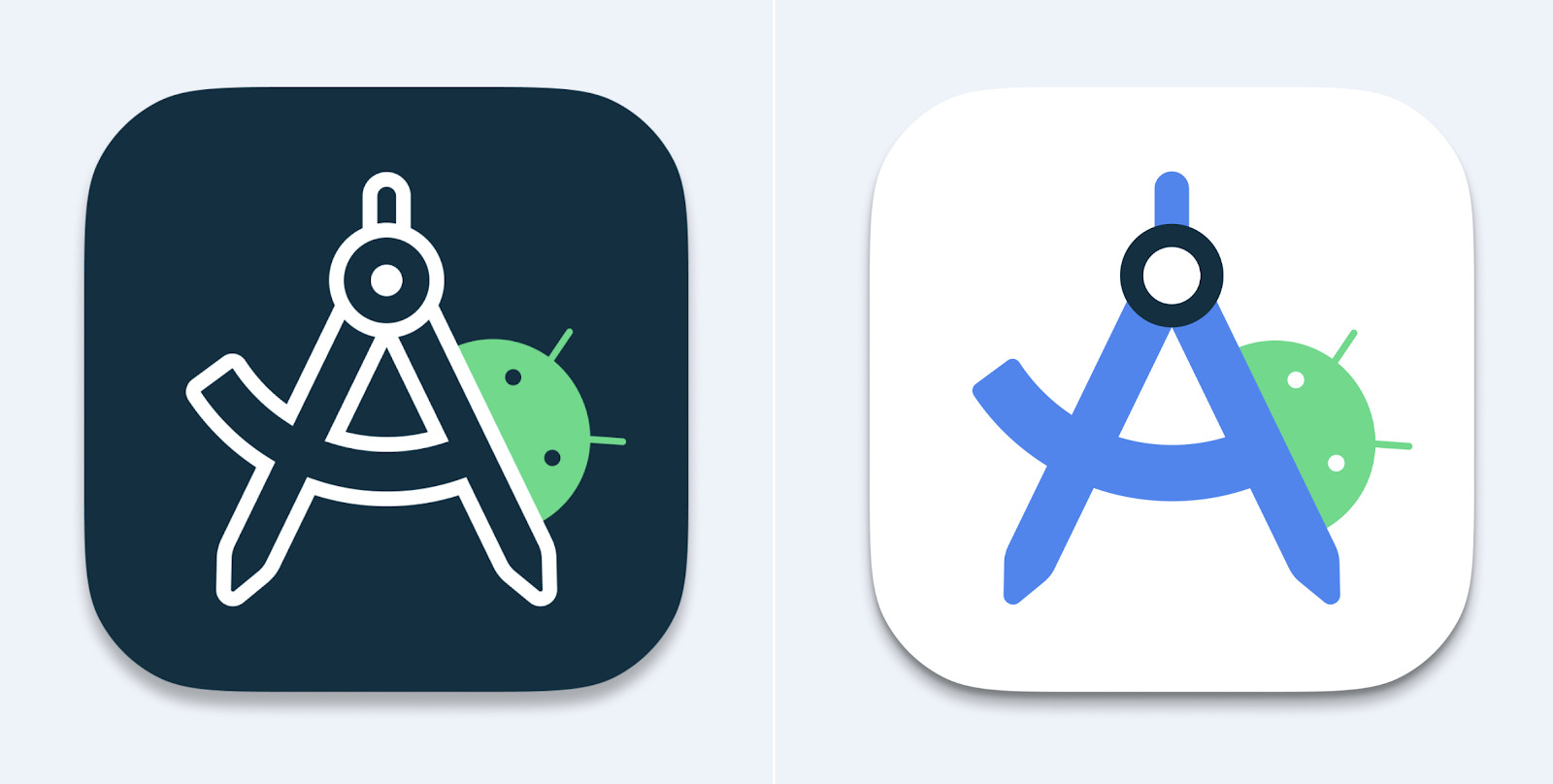
Introduction
Android Studio serves as the official Integrated Development Environment (IDE) for Android app development. It offers a comprehensive set of tools for designing, developing, testing, and debugging Android applications. A key component of Android Studio is its logo, symbolizing the platform's commitment to innovation and user experience. This article explores the history, design elements, and significance of the Android Studio logo within the context of Android development.
History of Android Studio
Google first announced Android Studio in 2013 as a replacement for the Eclipse-based Android Development Tools (ADT). The initial version launched in December 2013, quickly gaining popularity among developers for its robust features and user-friendly interface. Over the years, Android Studio has seen significant improvements, including new tools and features enhancing the development experience.
Design Elements of the Android Studio Logo
The logo of Android Studio plays a crucial role in the platform's branding. Designed to be visually appealing and instantly recognizable, it comprises several key elements:
Color Scheme
The primary colors in the Android Studio logo are blue and green. Blue represents trust and reliability, while green symbolizes innovation and harmony, reflecting the core values of the Android ecosystem.
Iconography
The logo features an icon resembling a stylized letter "A" made up of gears, circuits, and other technological components. This iconography represents the complex nature of software development and the intricate processes involved in creating Android apps.
Typography
Clean and modern typography reflects the sleek design of Android devices. The sans-serif font ensures readability across various screen sizes and devices.
Branding Elements
Secondary branding elements, such as icons for different tools and features within the IDE, maintain consistency with the main logo, creating a cohesive visual identity for the platform.
Significance of the Android Studio Logo
The logo holds significant importance in several ways:
Brand Recognition
A well-designed logo aids in building brand recognition. The Android Studio logo is instantly recognizable, making it easier for developers to associate it with the platform and its values.
User Experience
Beyond visual representation, the logo contributes to the overall user experience of using Android Studio. A professional-looking logo can instill confidence in users regarding the platform's quality.
Community Identity
For regular users, the logo becomes part of their community identity, symbolizing their affiliation with the Android developer community.
Using Android Studio
Understanding the significance of the logo involves exploring how developers interact with Android Studio daily.
Installation and Setup
Upon installing Android Studio, the logo prominently appears on the screen. The setup process includes downloading and installing the IDE, configuring settings through a setup wizard, and installing necessary SDK components.
Creating Projects
After installation, creating new projects involves clicking "Start a new Android Studio project," naming the project, choosing a template, and configuring other settings before finalizing the creation.
Running Emulators
One powerful feature of Android Studio is its built-in emulator. By clicking on the AVD Manager icon and creating a virtual device, developers can test apps without needing physical devices.
Debugging Tools
Debugging is essential in app development. Android Studio provides robust debugging tools, allowing developers to set breakpoints and inspect variables in real-time using Logcat for monitoring logs.
Effective Feature Usage
Maximizing the benefits of Android Studio requires understanding how to effectively use its features:
Keyboard Shortcuts
Using keyboard shortcuts can significantly speed up coding. For instance, pressing Ctrl + Space provides code completion.
Emulator Usage
The built-in emulator is faster than deploying on physical devices, allowing for more efficient app testing.
Logcat Monitoring
Monitoring Logcat for real-time debugging helps filter logs quickly to identify issues.
Gradle Optimization
Optimizing Gradle build scripts using parallel execution reduces build times, improving overall development efficiency.
Plugin Installation
Installing useful plugins like ADB Idea enhances device management and provides additional tools for better app development.
Comparison with Visual Studio
While Android Studio is specifically designed for Android app development, it is often compared to other popular IDEs like Visual Studio. Here’s a comparison of some key features:
User Experience and Learning Curve
Visual Studio Code (VS Code) is known for its clean, intuitive interface, making it easy to navigate even for beginners. Android Studio also has an intuitive interface but may have a slightly steeper learning curve due to its specialized nature.
Feature Setup Guide
Both IDEs have straightforward setup processes involving downloads from official websites, installation prompts, and launching the program. However, Android Studio requires additional steps like configuring SDK components during setup.
Effective Feature Usage
Android Studio excels in emulator usage and Logcat monitoring, crucial for Android app development. Visual Studio relies heavily on IntelliSense for code suggestions and error checking, as well as powerful debugging tools.
Understanding the design elements and significance of the Android Studio logo provides insight into why it's an integral part of the platform's branding. By exploring how developers interact with Android Studio daily and comparing it with other IDEs like Visual Studio, one can appreciate its unique strengths and contributions to mobile app development.
